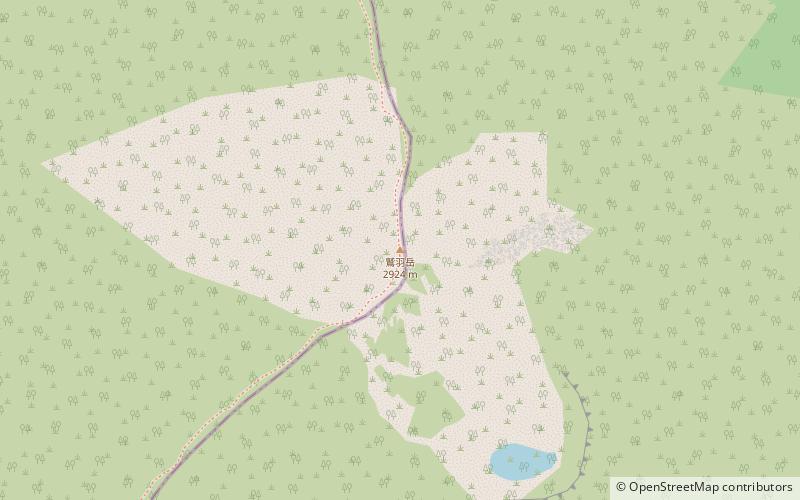Mount Washiba


Facts and practical information
Mount Washiba, Japan, stands as a testament to the serene and rugged beauty of the Japanese Alps. This peak, located in the Chubu region, is part of the Northern Alps and offers a challenging yet rewarding experience for hikers and mountaineers. The ascent to Mount Washiba is characterized by steep trails and breathtaking vistas, making it a popular destination for those seeking adventure amidst natural splendor.
At an elevation of 2,924 meters, Mount Washiba is not the highest peak in Japan, but it commands respect due to its relatively remote location and the technical skill required to navigate certain sections of the climb. The mountain is often covered in snow for a significant part of the year, adding to its alpine allure and the difficulty of the ascent.
Mount Washiba is also a part of the celebrated Tateyama Kurobe Alpine Route, known for its stunning scenery and the famous Kurobe Dam. Hikers often take on Mount Washiba as part of a longer trek across the Northern Alps, where they are greeted with panoramic views of the surrounding peaks and valleys.
The mountain's flora and fauna are a draw for nature enthusiasts. In the warmer months, the slopes are adorned with wildflowers, while the higher altitudes provide a habitat for rare alpine species. The area is also known for its hot springs, which offer a soothing respite after a day of rigorous climbing.
Toyama
Mount Washiba – popular in the area (distance from the attraction)
Nearby attractions include: Mount Yari, Mount Suisho, Mount Naka, Mount Yakushi.








